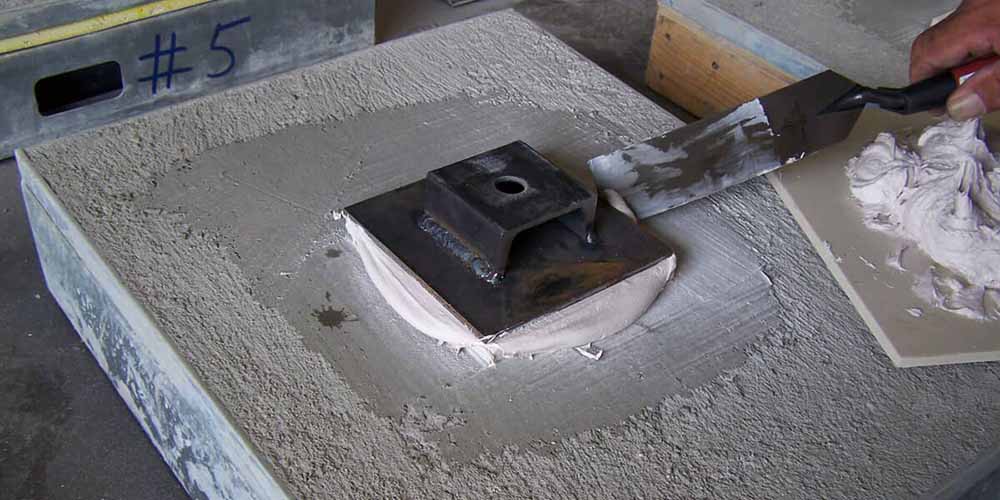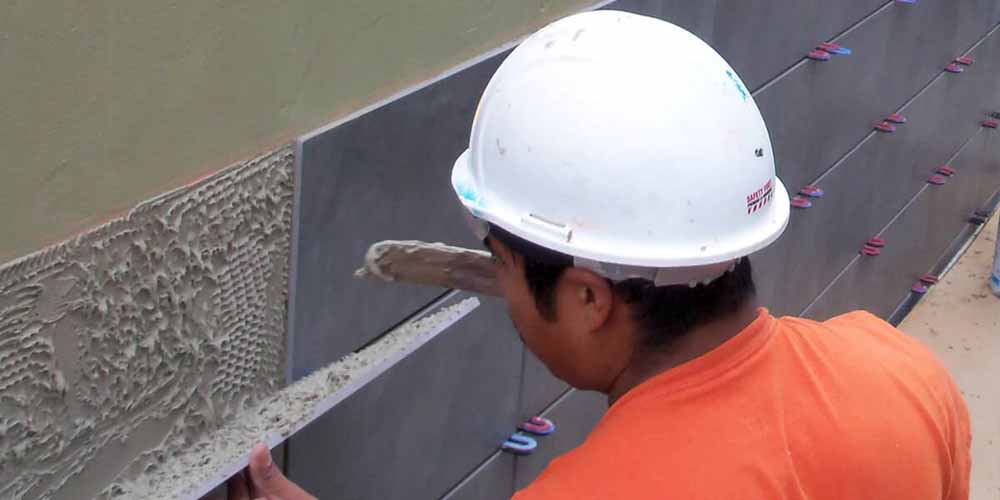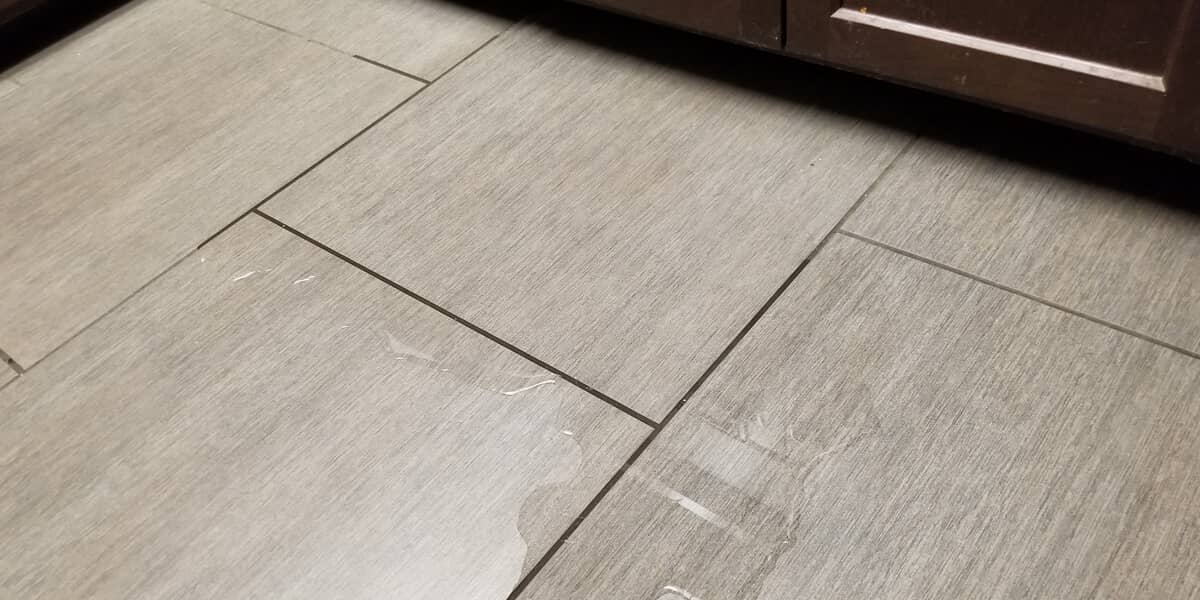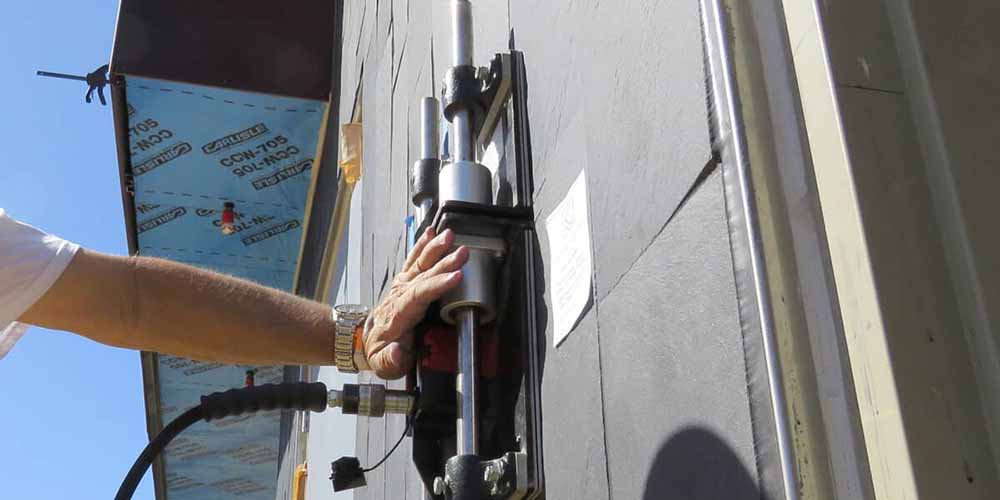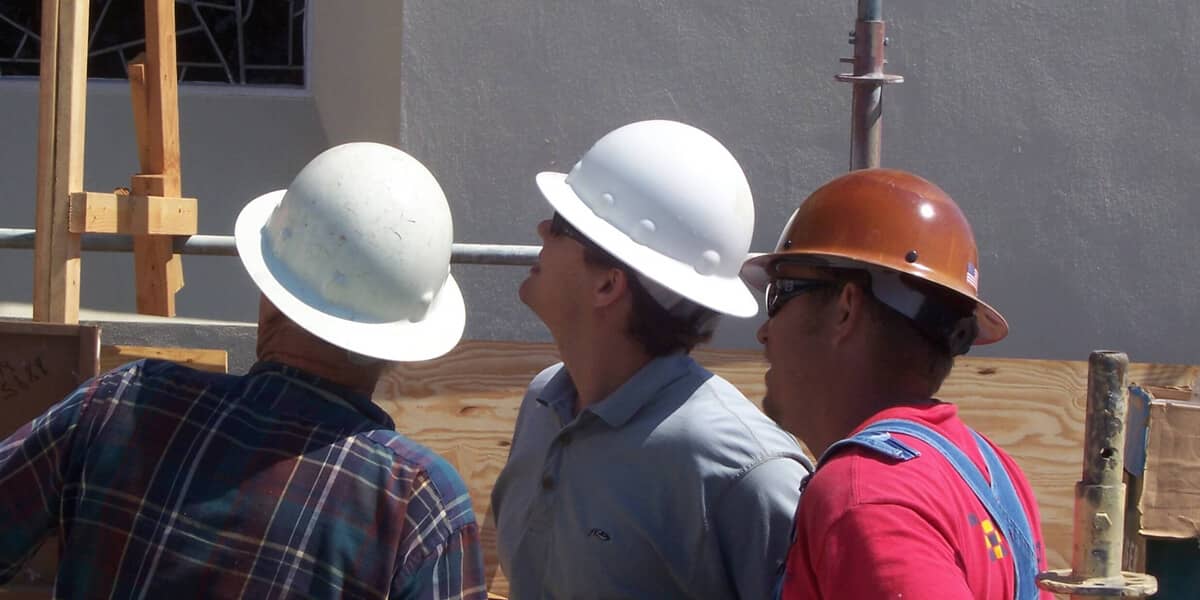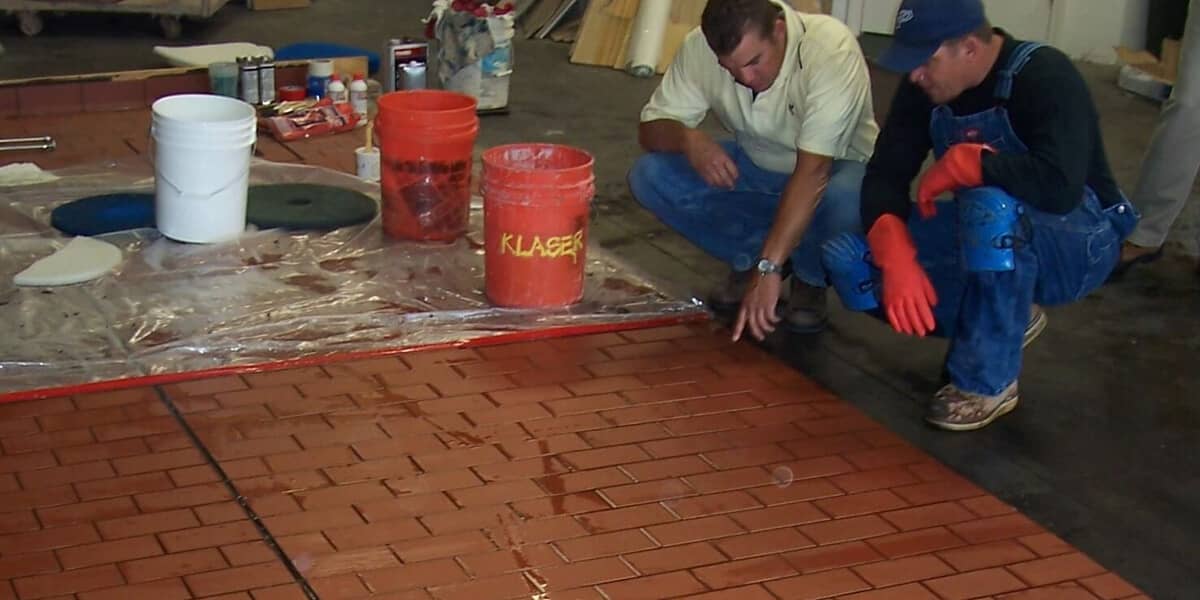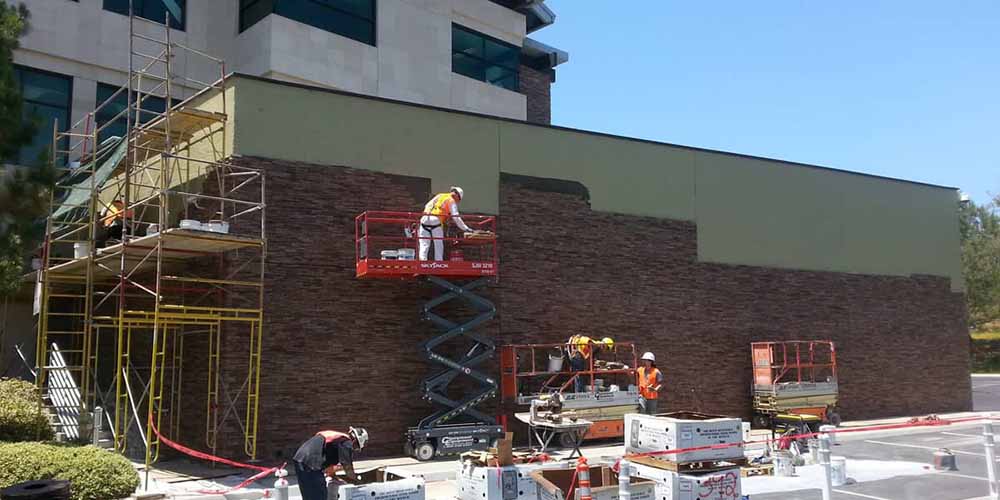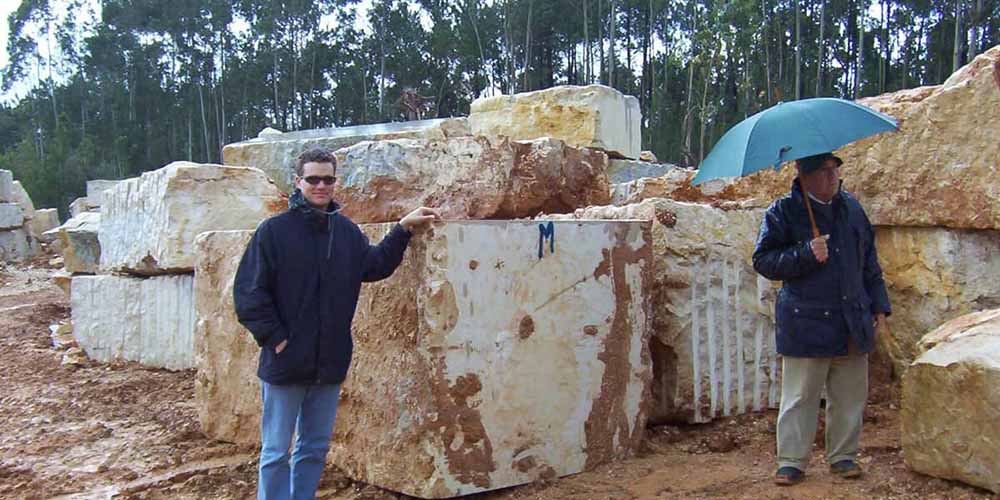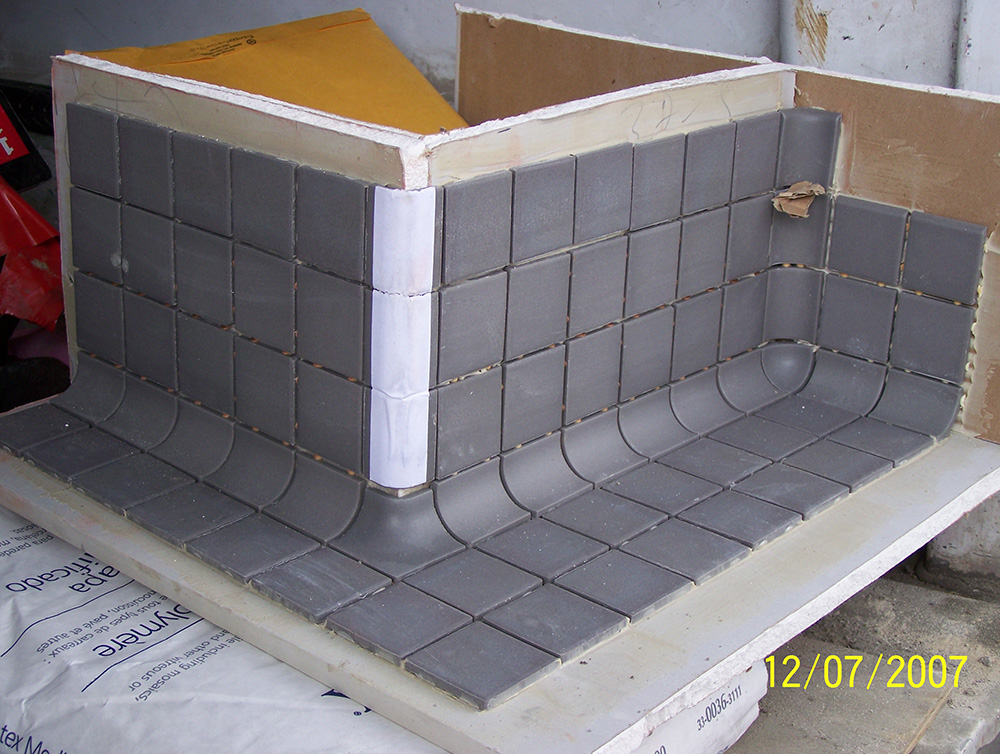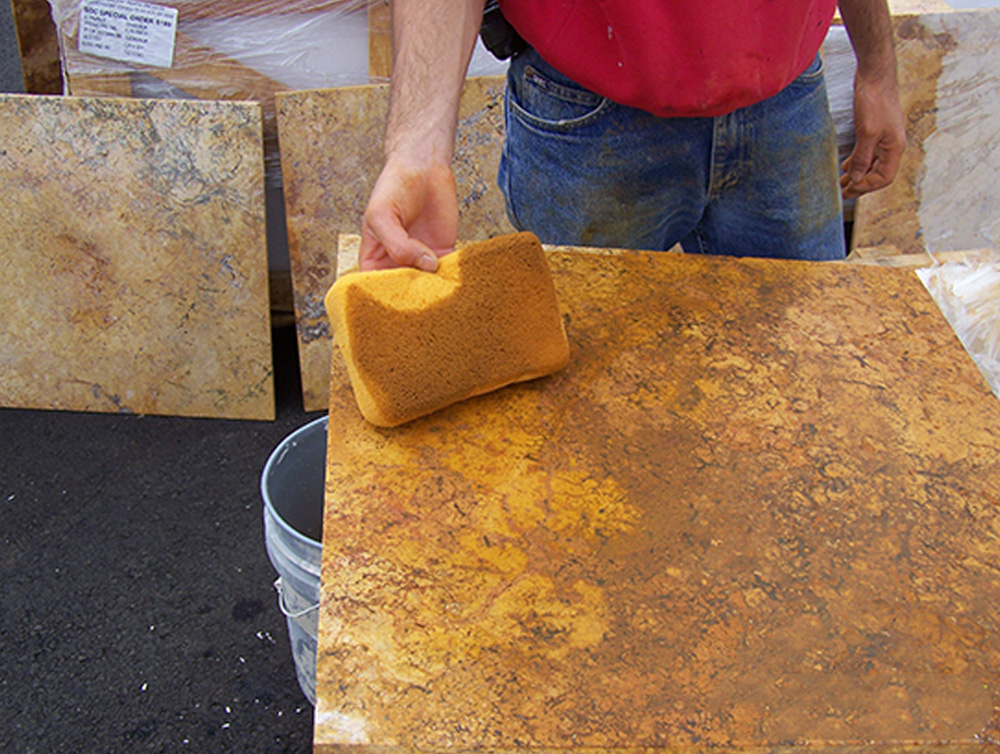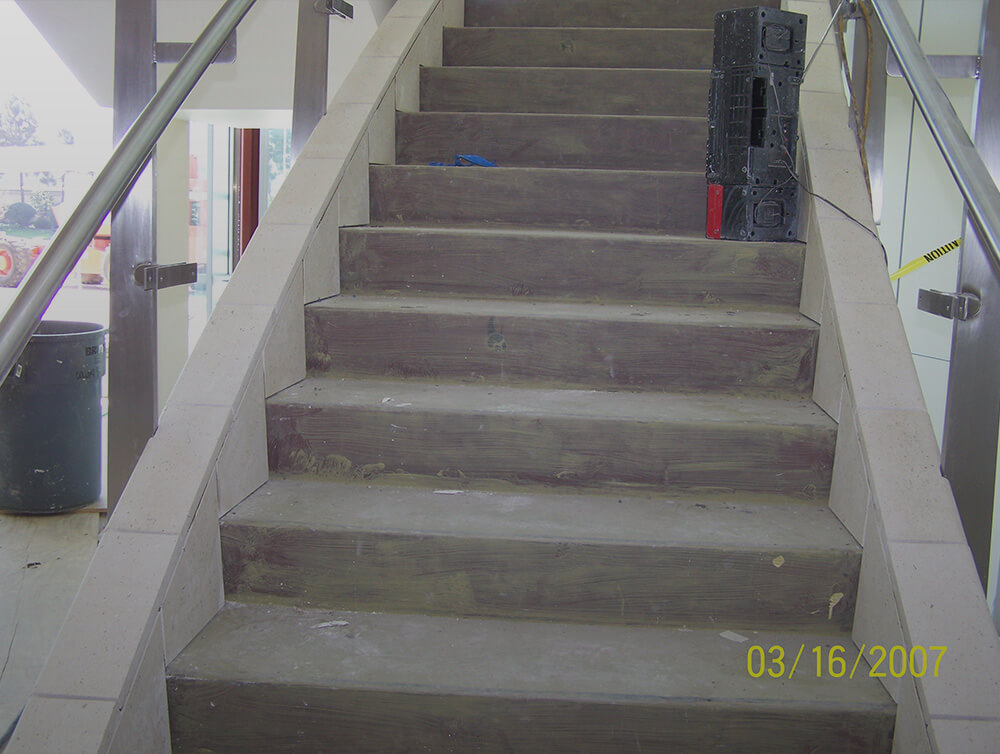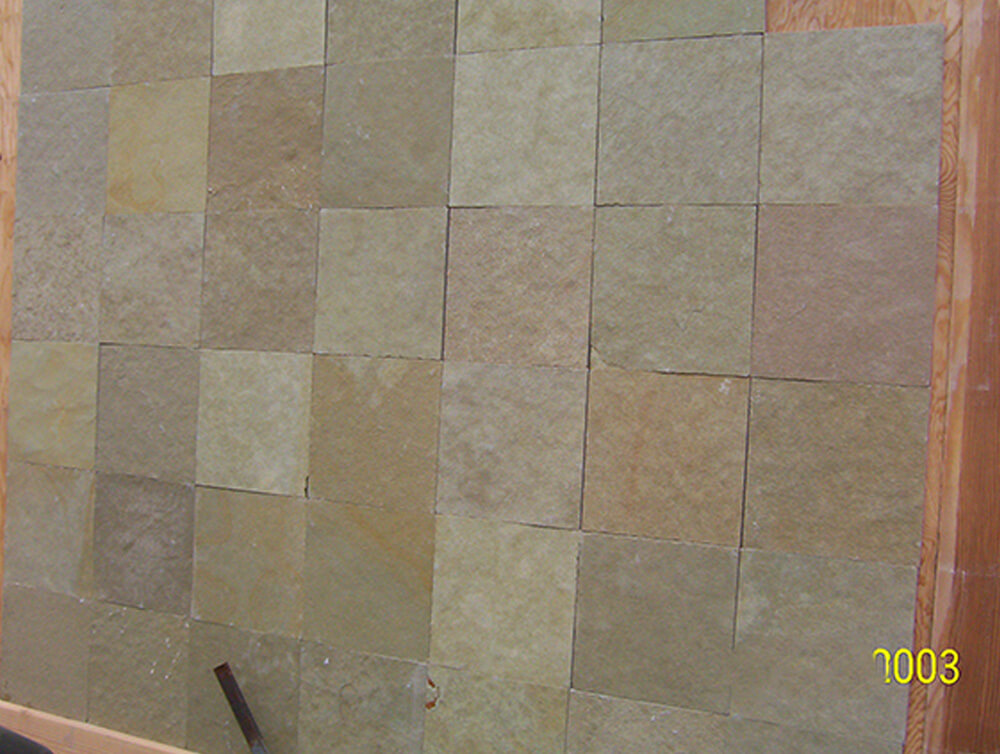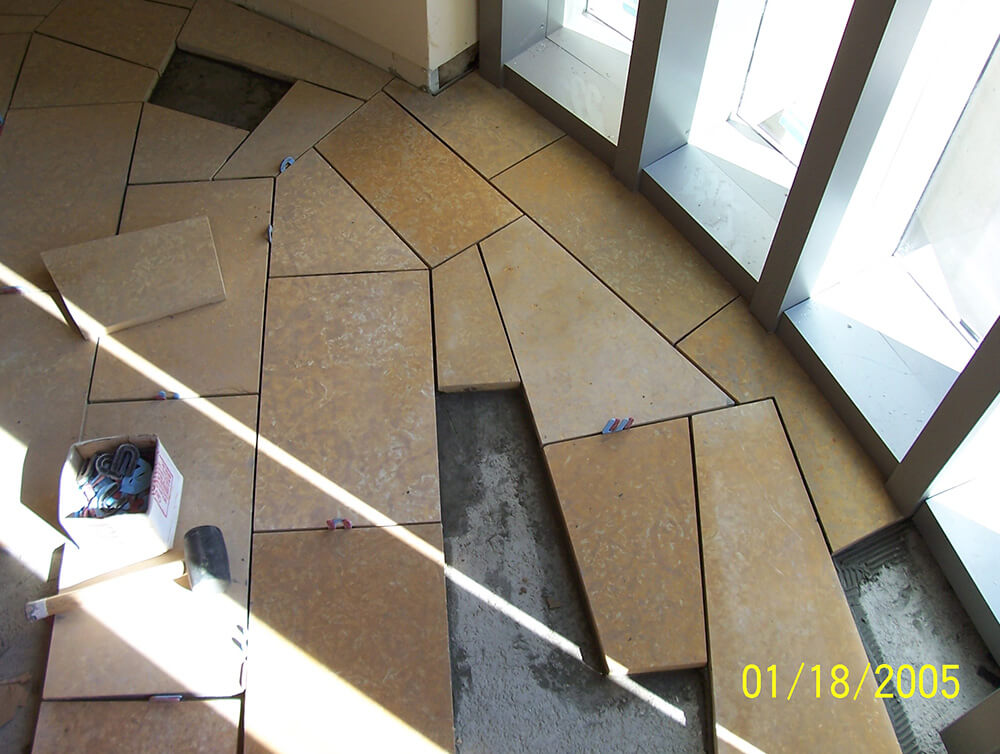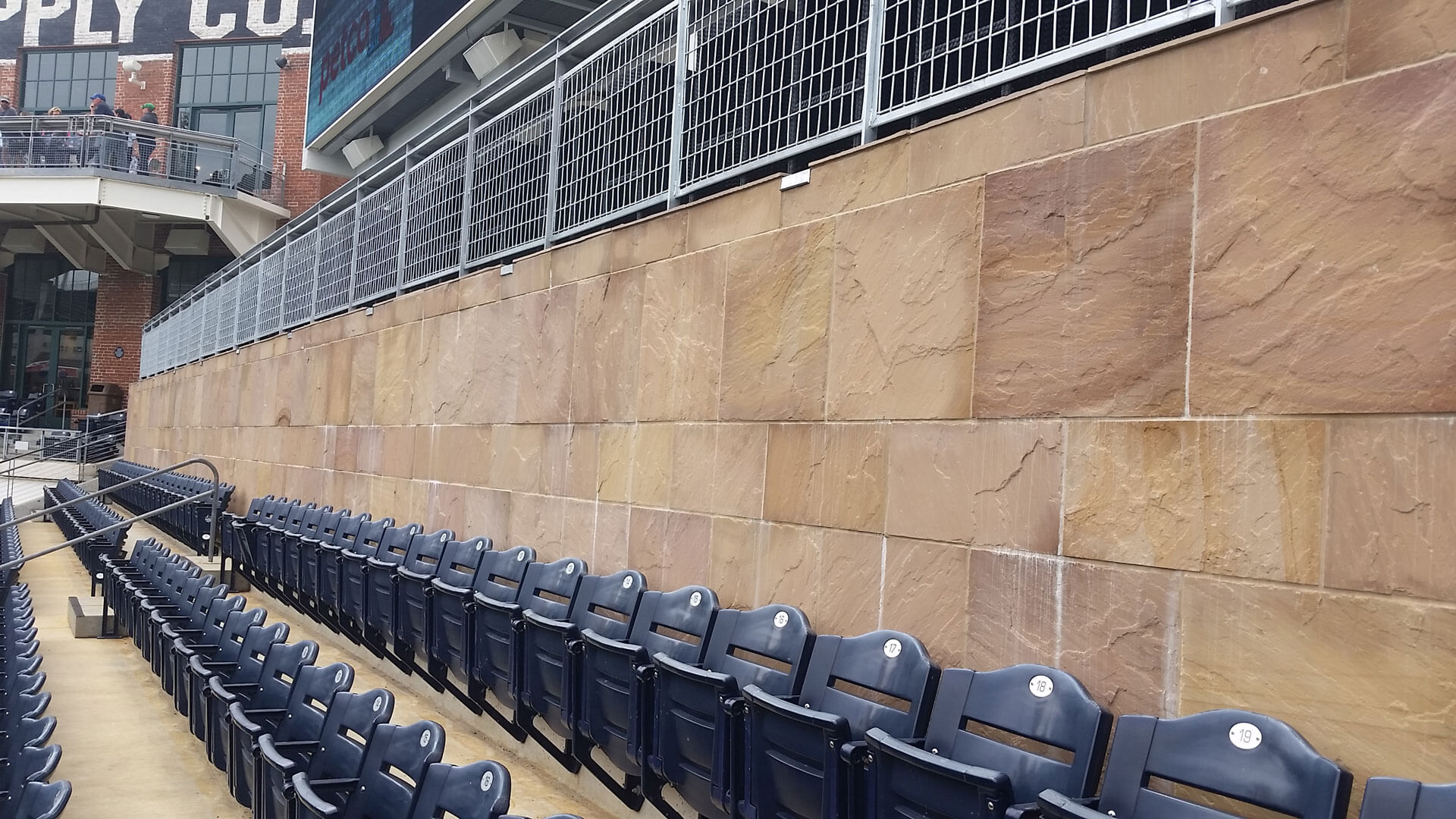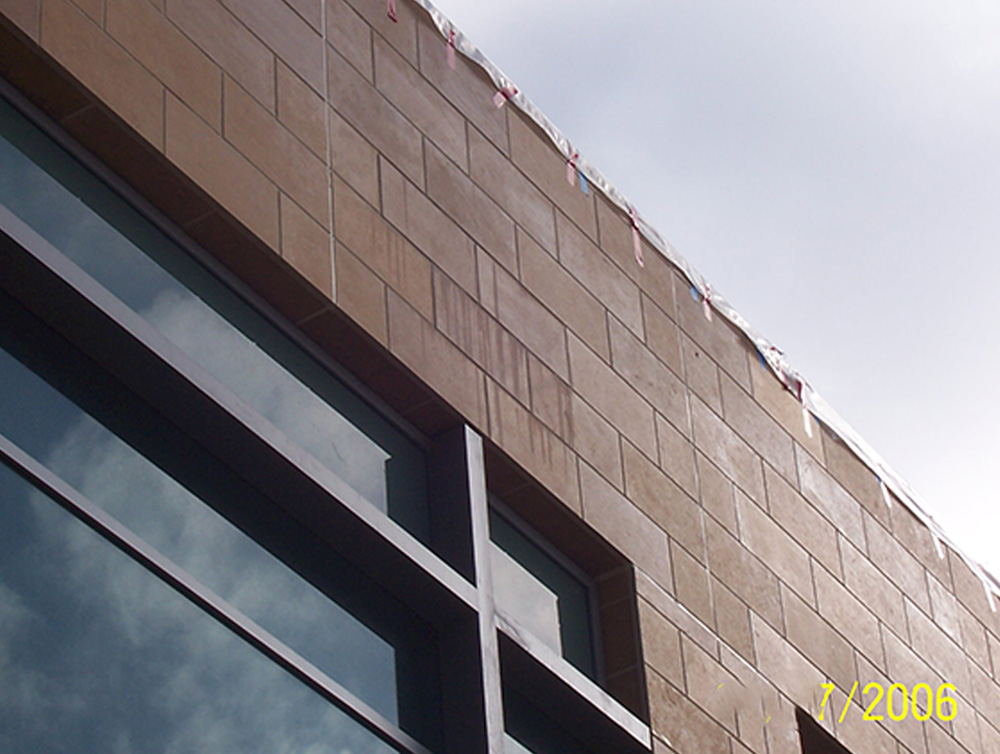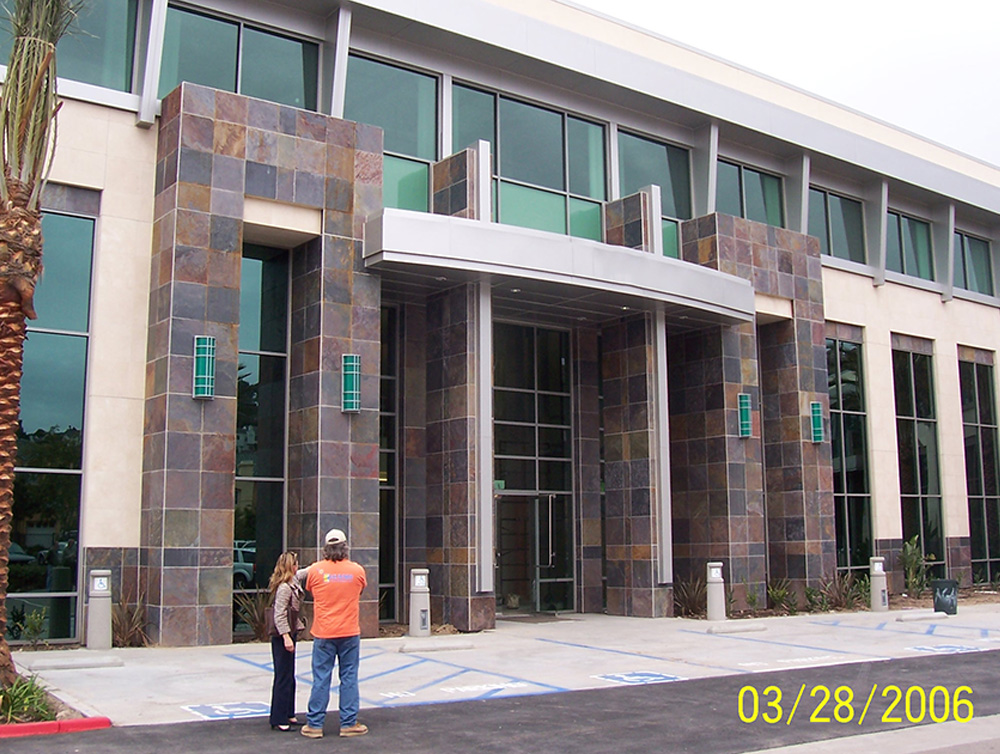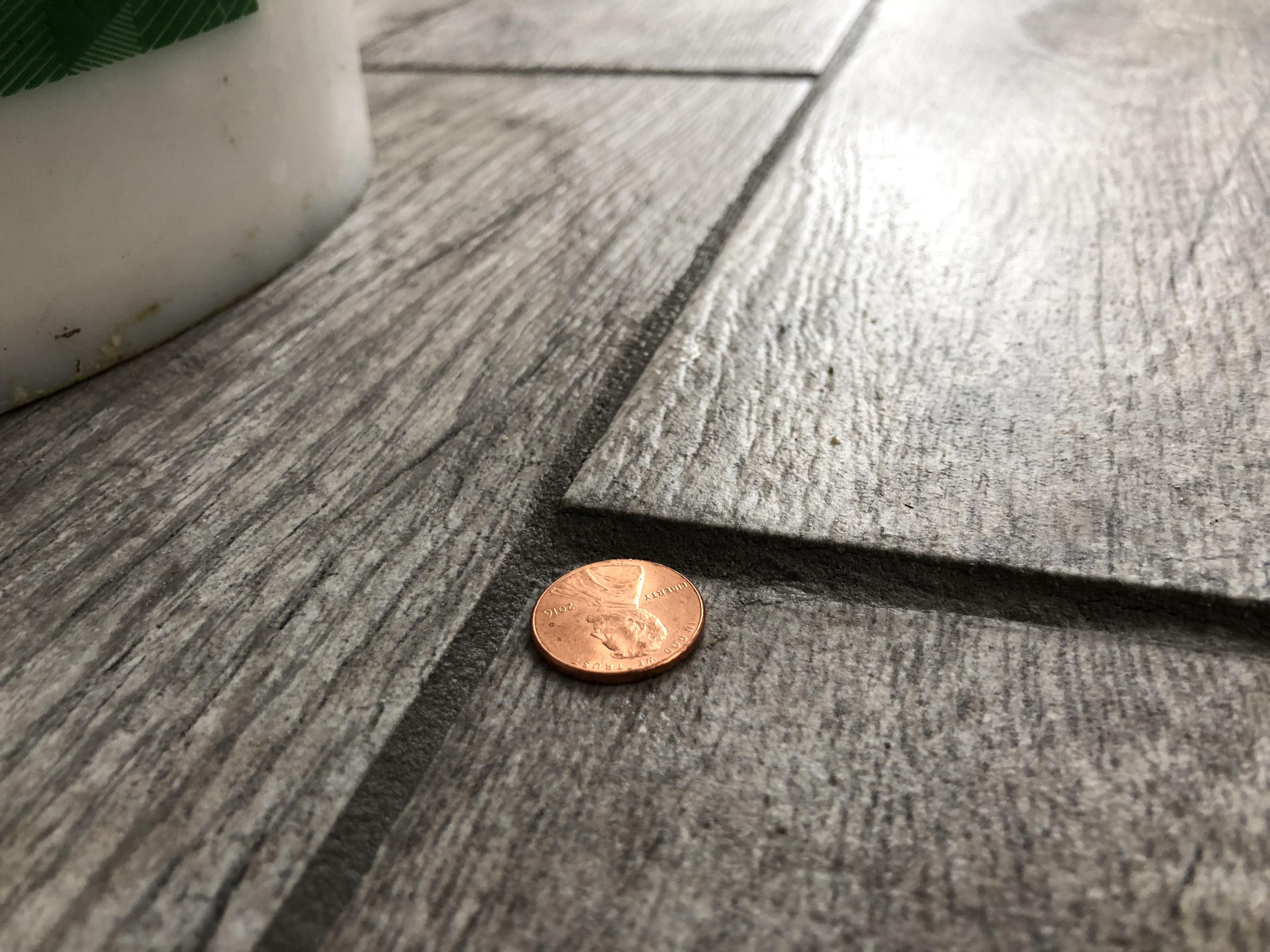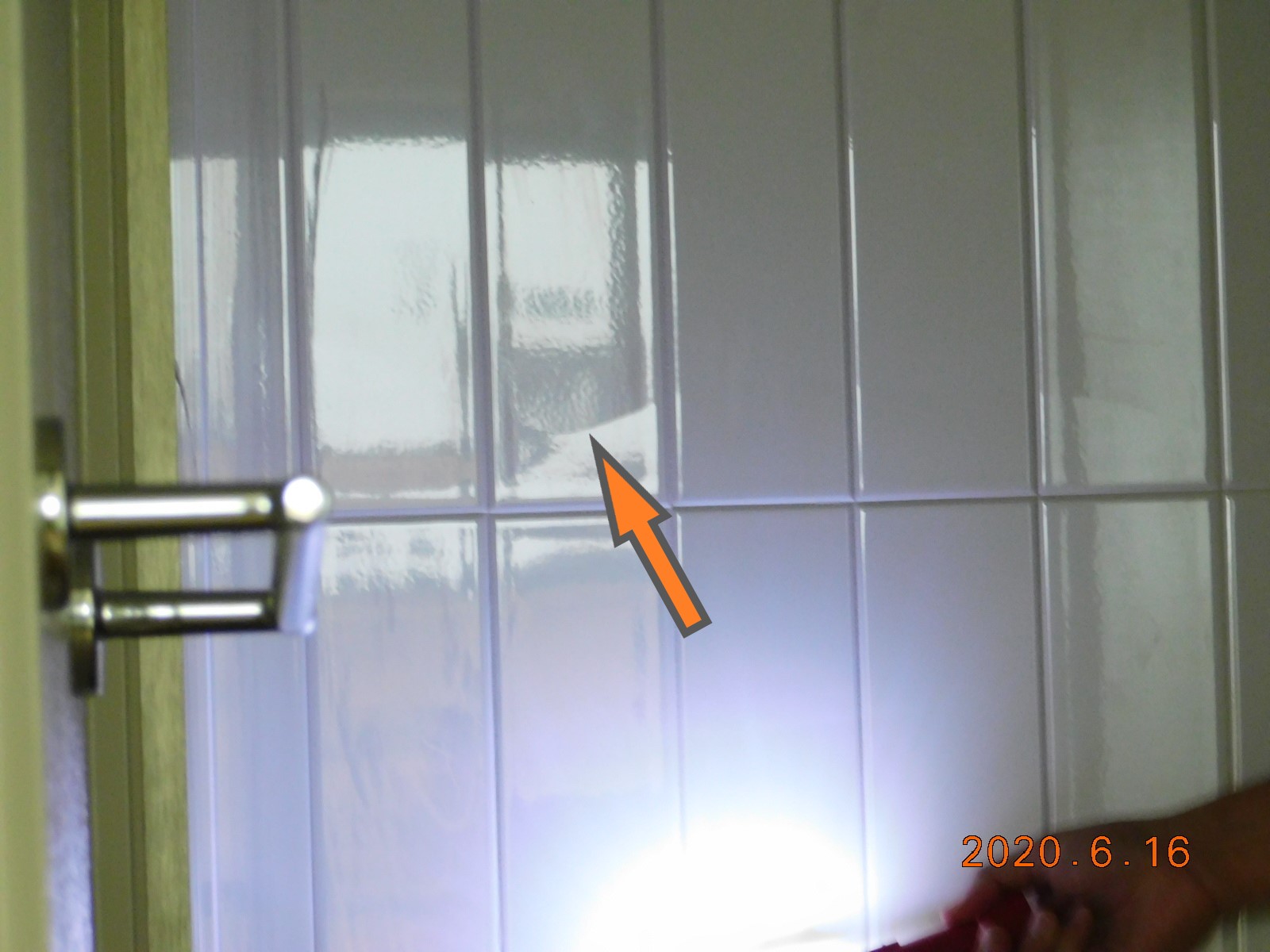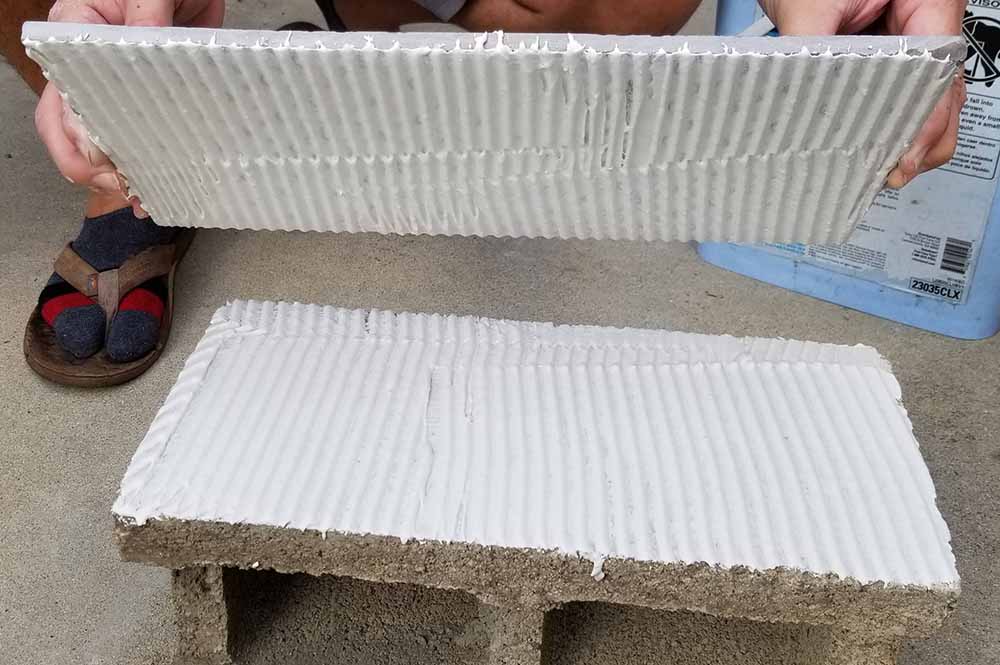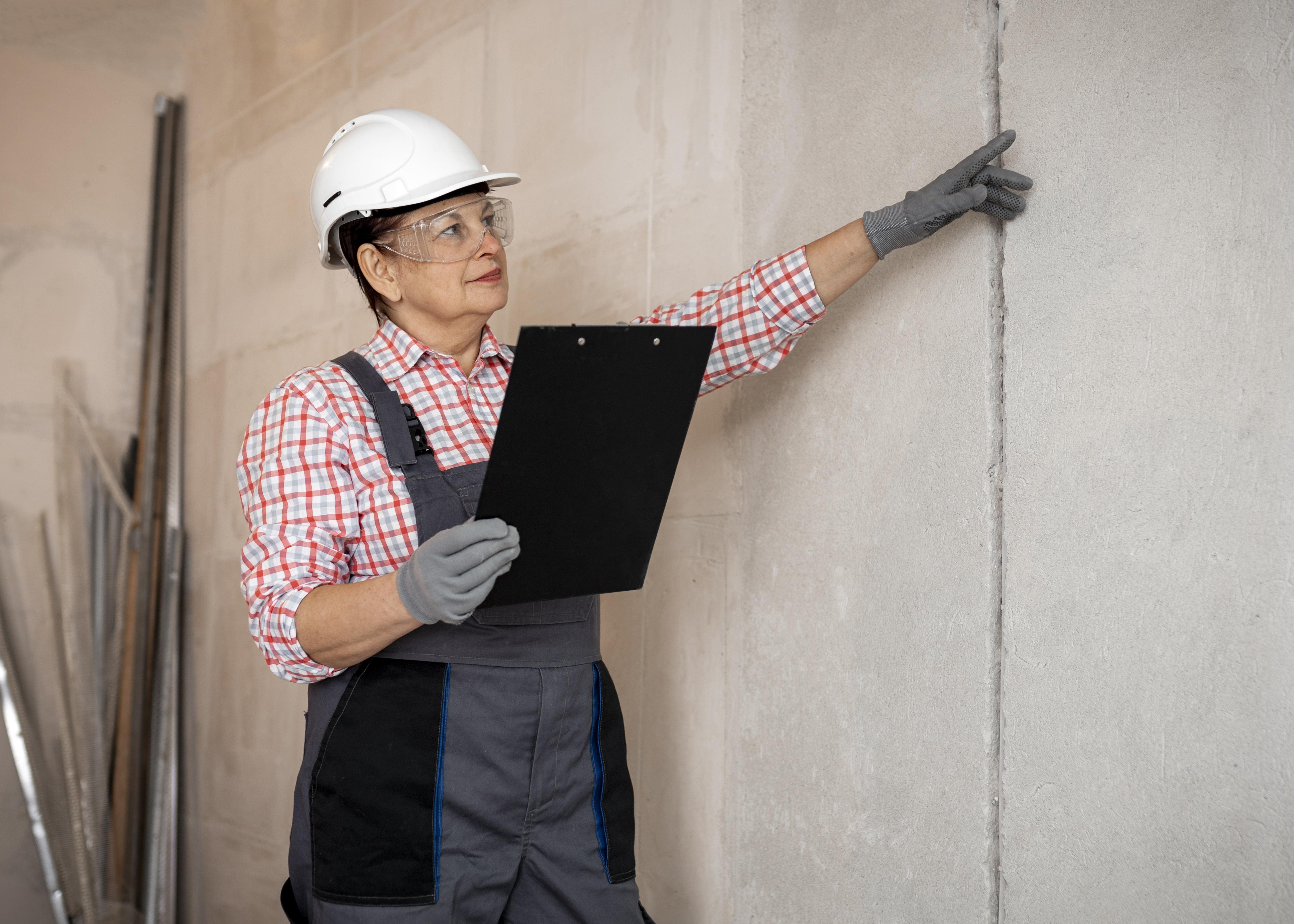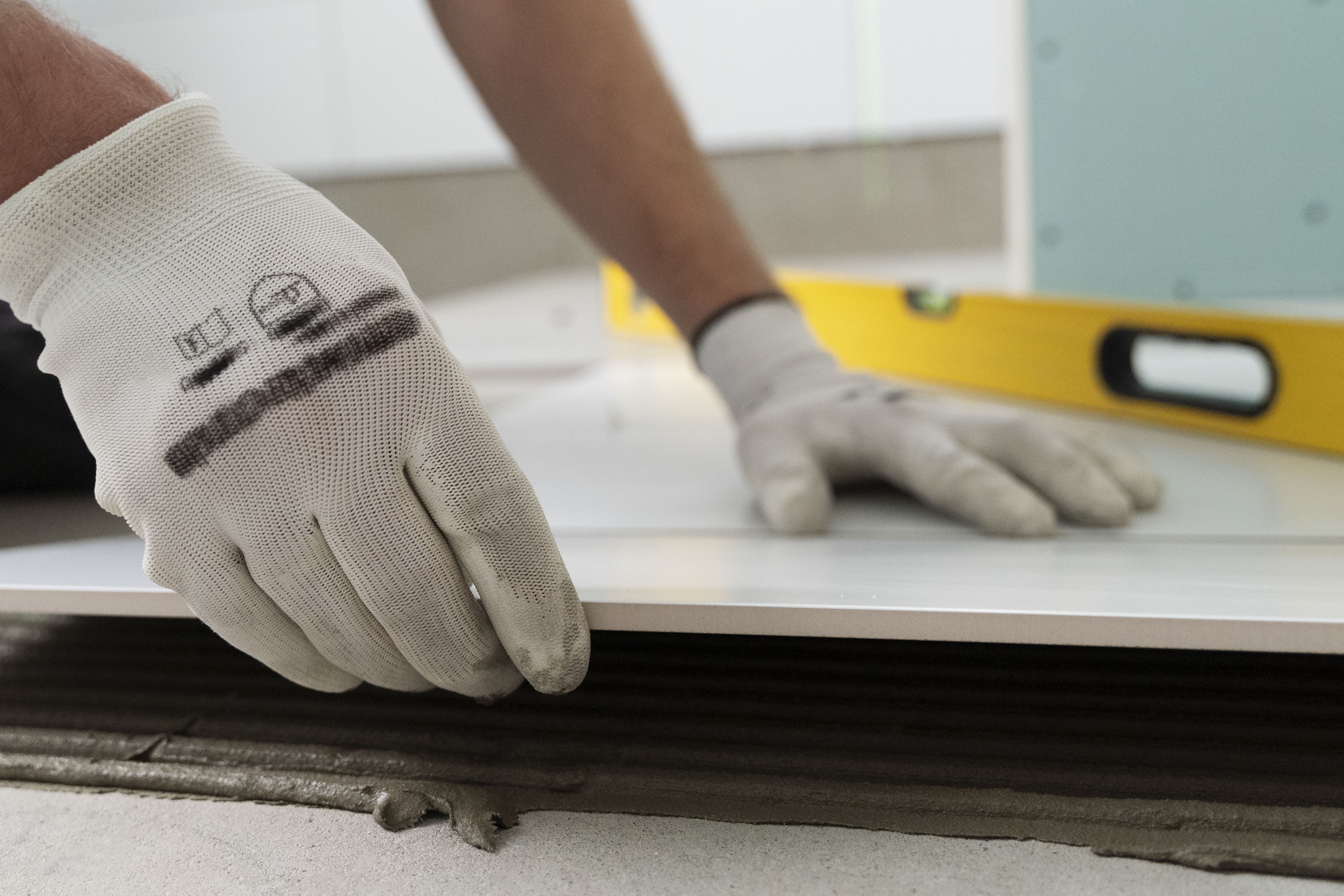Applying Sealers Correctly
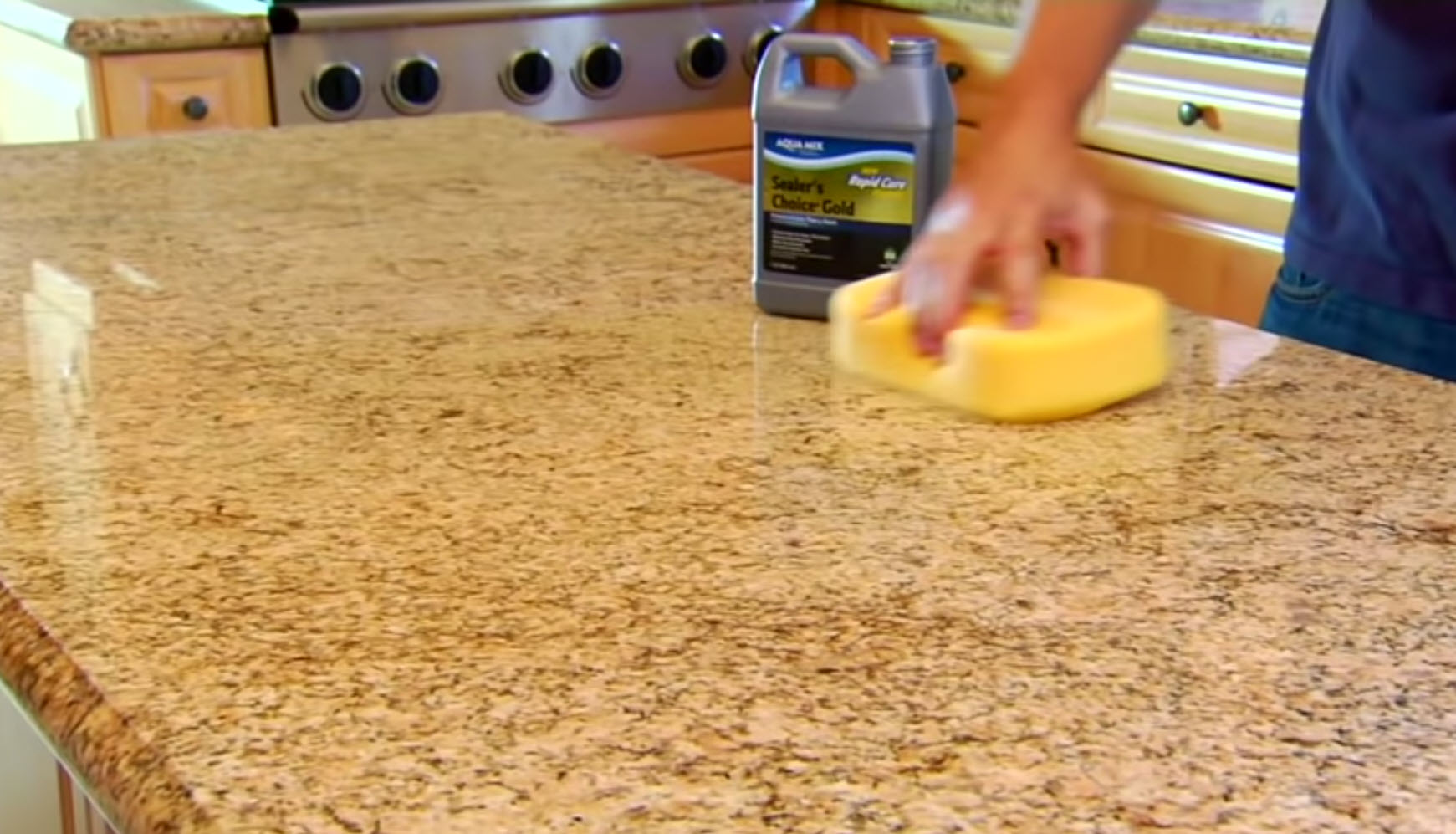
Using sealers can be very beneficial for long term care and maintenance of natural stone and tile.
While sealers are not an ultimate solution for preventing stains, they can be the difference in whether a tile or stone assembly performs as intended or not. Sealers are designed to make tile, stone, and grout joints surfaces more resistant to staining and not stain proof. They are more suitable for certain materials and application than others. For example, natural stone will benefit from sealing more than porcelain tile. The same principle applies to grout as an epoxy grout arguably does not need to be sealed at all, while cement-based grouts will benefit from sealing. And floors can benefit much more from sealing than walls as well.
There are different types of sealers available including penetrating and topical enhancing types. Penetrating sealers are designed so they do not change the appearance very much while enhancing sealers are designed for just that. Whatever sealers are used, it is critical that they are applied correctly following the manufacturer’s written instructions.
Key steps that should be performed are 1) a thorough and proper cleaning of the assembly to remove all dirt, dust, grease, and other foreign material on the surfaces. 2) Proper application of the sealer with the correct applicator. 3) Allow the sealer to dwell on the surface for the time specified. 3) Wipe all excessive sealer off the surface before it dries with a dry clean towel. 4) Allow the proper cure time before allowing foot traffic on the surface.
A note of caution should be heeded when it comes to what is called six-sided-sealing. Six-sided sealing is when a tile is sealed on all sides, including the backside, before installation and usually applied by submerging the tile in sealer. This is more commonly performed on natural stone materials than manufactured tile, but the same caution applies. What is most important to note is that applying a sealer to the backside of a tile will affect the bond strength of the adhesive mortar to one degree or another. There are manufactures that endorse this method while others may advise against it.
We recommend to error on the safe side and determine what comes with more risk. Is the benefit of sealing the backside of a tile worth the added risk of tiles being bonded with reduced strength and greater potential for debonding and coming loose?


